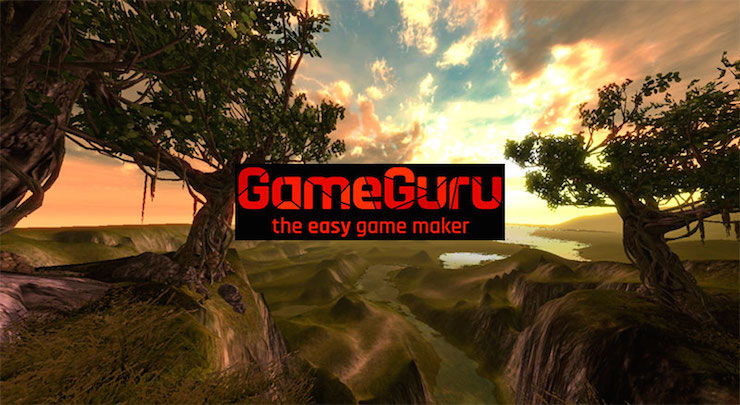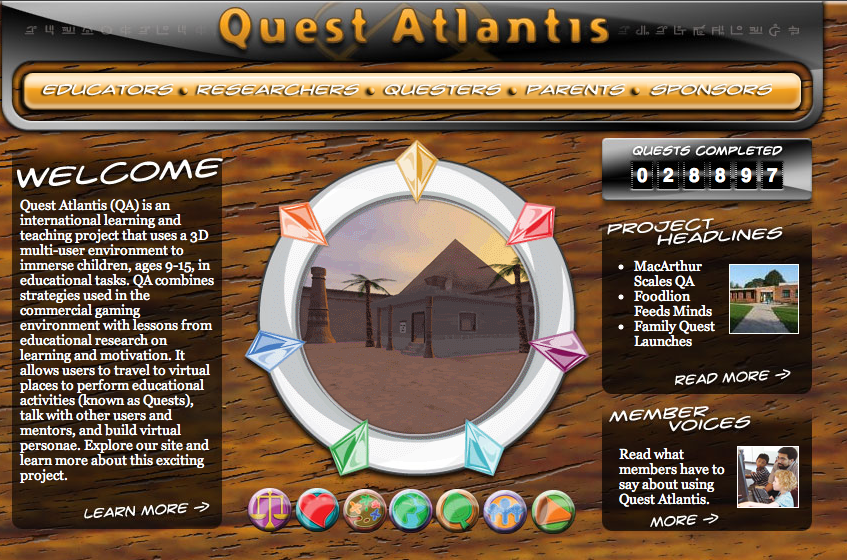“Xbox, record that.” For Xbox gamers, you have either heard it or said it yourself. This simple phrase is the practice of recording something.
“Xbox, record that” cues the system’s in-game DVR, through which a gamer can record, edit, and share clips from actual gameplay. This small but significant tool within the game has led to much conflict among gamers.
The phrase is often said loudly and forcefully enough for your Kinect to capture your voice. Sometimes, it even requires someone uttering the phrase multiple times to ensure it records.
I suggest that this level of branding leads to microcelebrity within video games as the gamer is managing their own brand.
As Terri Senft suggests, internet users identify themselves and are identified by others through a range of categories. For gamers, this identification is very much rooted in skill and ability. The power to brand oneself by capturing particular images of self adds to this self-management process. One can capture the most positive, desirable, epic moments and carve a gaming identity.
These clips are stored and can be uploaded, edited, and shared. Many gamers compile their most epic headshots, combo kills, and evasive tactics into montages and upload for the world to see.
In this sense, one truly can be anything online regardless of actual skill level. You can compile it in a way that captures only the best, so long as the game isn’t set to automatically upload clips. While only a handful of gamers reach a critical mass, the audience of most gamers is a small handful of friends – famous to fifteen (Momus: 1991).
I examine this practice using the concept of self-consumption where gamers, like other internet producers and consumers, form a presentation of self and produce a hybrid of the personal, interpersonal, and the mediated. I argue that it’s the intersection of mediated self-expression that undergirds online identity development.
Erving Goffman believed that self-presentation is the intentional and tangible component of identity, defining self-presentation as impression management. According to Barry Schlenker, self-presentation is shaped by a combination of personality, situational and audience factors, incorporating features of the actors; self-concept, personality style, salient social roles, and beliefs about the audience’s preferences. Schlenker further explains that self-presentation happens “when people try to control impressions of themselves, as opposed to other people or entities”. Interestingly, there may be distortion, exaggeration or even fabrication during the self-presentation process.
In game capture practices reveal that they capture what they term ‘highlights’ that represents the most ‘epic’ gaming experience and mostly is not indicative of their gameplay overall. This impression management exists because gamers create and share the content.
I am not arguing that gamers are attempting to be celebrities in gaming spaces. They just want to be the shit among their friends. This level of participatory culture in gaming has allowed the physical space and trash talking to continue. While most gamers co-exist with one another in digital form, this level of real time gloating is recreating the ‘in your face’ gloat that we have lost because of the lack of physical connectivity. Many gamers have created these personas among their friends list of ‘epic’ headshots and beast mode montages’ on YouTube. This has allowed gamers to be active in the production of their own gaming content in a way we have never seen. They can capture, create, and relive these moments that were once lost.




